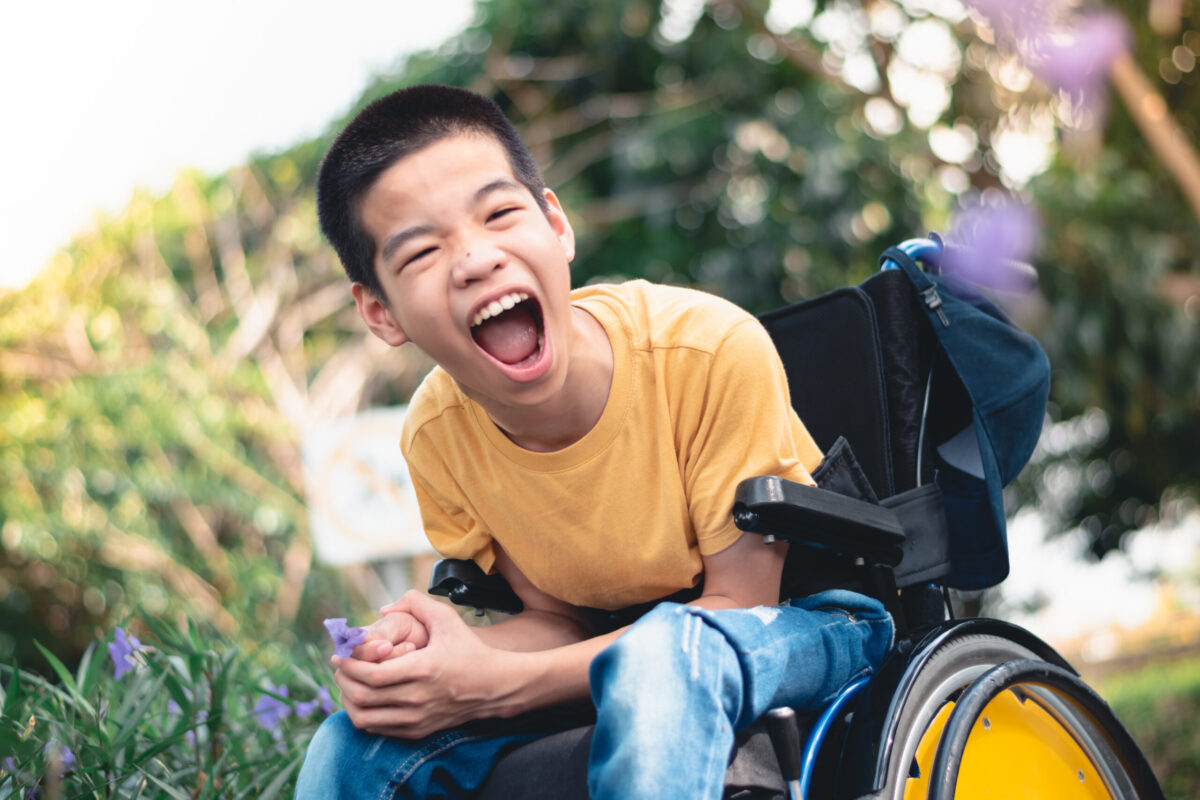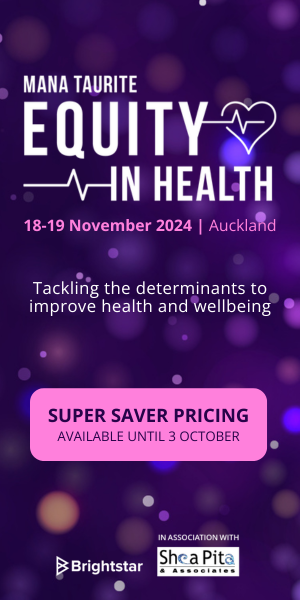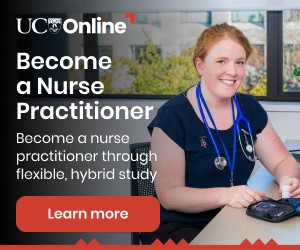Major changes in services for disabled New Zealanders have been signalled with the establishment today of Whaikaha, Ministry of Disabled People under the health reforms.
These changes include the philosophical and structural decoupling of disability support from health-care funding and systems. The approach known as Enabling Good Lives (EGL) underpins these changes — it emphasises disabled people being enabled to set goals, plan their lives and access appropriate and individualised resourcing to support them.
The EGL approach has evolved across Aotearoa New Zealand in recent years through leadership and practice initiatives. Those who have experienced the approach will be familiar with it, but as the national roll-out begins (with the new ministry established on July 1), it is timely to explain the context and core concepts to a wider audience.
Introduction
A raft of structural change is underway across the health sector. This includes the disestablishment of district health boards, the emergence of Health New Zealand and the Māori Health Authority and a change in vision and function for the Ministry of Health (MoH). The reforms were designed in response to the recommendations of the Health and Disability System Review.1
Living with a disability does not mean a person is unwell…
The enduring inequitable health outcomes experienced by Māori, Pacific people and disabled communities,2,3 despite years of reform,4 support the need for radical change across the health and disability system.
The Future of Health – Te Anamata o Te Oranga website details the reforms, with explanations of the intention to have a “more equitable, accessible, cohesive and people-centred system that will improve the health and wellbeing of all New Zealanders”.
Health and disability
Structures and systems convey meaning, and locating disability sector resources and leadership within MoH has been seen by some as conflating disability with illness, and particularly medicine.5
Living with a disability does not mean a person is unwell and this sense that resources and support are linked to diagnosis and treatment extends to messages of needing or seeking cures. For this reason, the decoupling of disability support and resources from health is positive.
The minister responsible for disability issues was moved inside Cabinet following the 2017 election. This signalled the Government’s intention to hear and respond to the disabled community. Subsequently, an Office for Disability Issues was established within the Ministry for Social Development (MSD).
This aligned well with the philosophy that underpinned the establishment of the Whānau Ora approach more than a decade ago, led by Dame Tariana Turia while she was a government minister. The Whānau Ora approach places a high value on finding ways to link up services and focusing on the needs of those being served.
One of the most memorable images used to describe it was in terms of reducing the number of cars from different support agencies that could be parked in the driveway of any one household at a time,6 so there was only one car (and driver) with passengers from other relevant agencies. The cross-agency approach enabled support to be co-ordinated across the traditional boundaries of government departments and service providers.
The Enabling Good Lives (EGL) approach
The Whānau Ora approach enabled whānau to drive their own agenda,7,8 focusing resources on goals and agreed need, with culturally-centred and individualised support. While holding ministerial roles, Dame Tariana also announced a “new model for supporting disabled people”9 which made a number of references to “good lives”. Cabinet papers outlining the establishment of the Ministry of Disabled People and implementation of the Enabling Good Lives (EGL) approach10 referred to the links between EGL and Whānau Ora in terms of philosophy and also the value of co-design. The EGL approach has been piloted in three demonstration sites around the country over a number of years.
The concepts which underpin the EGL approach are outlined in five key characteristics, five elements for system change and eight principles. These are summarised in table 1 below.
Table 1. Concepts underpinning the EGL approach
| Five characteristics |
|---|
|
| Five elements for system change |
|
| Eight EGL principles |
|
Enacting the EGL approach
The recognition of disabled people at a national and governmental level is in part informed by the international context. The New Zealand Government ratified the United Nations Convention on the Rights of Persons with Disabilities (UNCRPD)11 in 2008, the year it came into force. The definition of disability in the convention refers to “long-term physical, mental, intellectual or sensory impairments”.
The inequity that disabled people experience was particularly obvious during the COVID-19 pandemic, as they struggled to access care and support.
The group that the EGL approach will initially apply to, as it is rolled out across Aotearoa New Zealand, are those who have previously had access to the Disability Support Services (DSS) provided by the Ministry of Health, specifically those who have physical, sensory, or intellectual disability and are under the age of 65.
This means there are groups of people who meet the definition of disability under the UN convention, such as those living with mental health issues and wellbeing or addiction issues, those who have any impairment and are over the age of 65, and those supported by ACC are not currently included within the roll-out of the EGL approach.
The inequity that disabled people experience was particularly obvious during the COVID-19 pandemic, as they struggled to access care and support. The experience and impact of this during the Omicron outbreak, compiled in a Human Rights Commission report12 and summarised in Table 2 below, provide insight into the issues.
Table 2: Example of challenges faced by disabled people during the COVID-19 Omicron outbreak
| Issue | Finding or example12 |
|---|---|
| Access to testing and vaccines | “…three of the main tools used during Omicron – vaccination, RATs and masks – have often been inaccessible to disabled people and their whānau. (p.23) |
| Access to care and support | “When carers were away, for example, due to having tested positive for the virus, not all disabled people and their whānau were able to find people to cover their usual carer, or they were not able to find carers with suitable expertise, for example, where replacement carers were not able to communicate with Deaf people using basic NZSL” (p. 32). |
| Access to PPE | “Access to personal protective equipment (PPE) for support workers and carers was raised as an issue by numerous submissions. A number reported that some disabled people and their whānau were unable to access PPE for support workers until they or their support worker tested positive for COVID-19. Even after testing positive, there appeared to be no guarantee that PPE would be supplied to ensure disability supports could continue safely for disabled people” (p. 32) |
The decentralisation of disability support funding and increasing flexibility in access to services is occurring around the world. In Australia, individualised funding across the sector has been rolling out since 2013.13 This is in line with international trends to focus on the individual.14 The New Zealand Government’s 2022 Budget15 specifically referred to these initiatives, as outlined in Table 3 below.
The commentary acknowledged that:
“Disabled people currently face significant barriers to experiencing positive wellbeing, including disproportionate representation in poverty statistics and experiences of inaccessibility and discrimination. While work to reform the disability support system has been underway for more than a decade, substantial investment is required to meaningfully support people with disabilities” (p. 23)
Table 3: New Zealand Government 2022 budget details supporting EGL15 (p.22-23)
| Funding | Detail |
|---|---|
| $735 million | to address volume and price pressures facing disability support services, to meet additional demand and ensure sustainability of providers |
| $100 million | to support a regional-based rollout of the Enabling Good Lives approach, providing disabled people and their families and whānau with greater choice and control over their lives and supports, |
| $108 million | to establish a new Ministry for Disabled People and support its ongoing operations. |
Working with the EGL approach
Moving to a new structure and model for managing resources presents new opportunities and also a number of challenges. For disabled people and their whānau, the primary focus will be on their aspirations and goals and identifying the best available resources to support them. They will need to become familiar with the approach and navigate their way through it, with support if they choose.
For service providers, there are likely to be significant changes, particularly as long-standing needs assessment-based approaches are no longer emphasised. Moving the focus to individualised, aspirational goal setting and planning reduces the requirement for practitioners or agencies to assess specific entitlements.
People working within the system are likely to notice disabled people utilising a broader range of support and resources. The philosophical basis and principles of the EGL approach will need to be understood and implemented across the system. This will require updating position descriptions, education and training programmes, and practice expectations.
Across the health and disability sector internationally, there is increasing recognition of lived experience. Its importance is being recognised in the design, delivery and evaluation of education programmes,16 for roles in the sector, and also through the awarding of academic credit.17,18 The EGL approach is committed to genuine engagement with disabled people, including providing them with opportunities to have the expertise which arises from lived experience recognised, both in academia and in the workforce.
Conclusion
Transformational change, required to address inequities, is underway across the health and disability system. This includes radical structural and philosophical changes that will enable disabled people and their whānau to set goals and access resources focused on them. This EGL approach has similarities with the Whānau Ora approach as it reaches across agencies and activities.
The EGL approach represents change for all of those involved in the disability sector and it is essential that practitioners have an appreciation of the key concepts that underpin it, and its wider context.
Susan Shaw, BN, MEd Admin, EdD, Dip Tchg, PFHEA, has a background in education, health and disability. She works at AUT and is the principal investigator on a project re-envisaging the education of health professionals. Her commitment to navigating boundaries between professions, systems and the communities they serve is grounded in her personal and professional lived experience.
Susan Sherrard, BN, MA(Hons), PGDip Psych, MNZM, identifies as a disabled woman and has been active in the disability community for 30 years. She has worked in nursing, psychotherapy, education, advisory and leadership roles within the disability community and in service provision and workforce development. She is a member of a project team engaged with the EGL approach.
References
- Health and Disability System Review. (2020). Health and Disability System Review – Final Report – Pūrongo Whakamutunga.
- Baker, G., King, P. T., Jones, B., & Ingham, T. R. (2021). Meeting the Crown’s te Tiriti o Waitangi commitments and obligations to Māori with lived experience of disability through the Health and Disability System Review. New Zealand Medical Journal, 134(1535) .
- Goodyear-Smith, F., & Ashton, T. (2019). New Zealand health system: universalism struggles with persisting inequities. The Lancet, 394(10196), 432-442.
- Rees, G. H. (2019). The evolution of New Zealand’s health workforce policy and planning system: a study of workforce governance and health reform. Human Resources for Health, 17(1), 1-9.
- Morrison, C. A., Woodbury, E., Johnston, L., & Longhurst, R. (2020). Disabled people’s embodied and emotional geographies of (not) belonging in Aotearoa New Zealand. Health & Place, 62, 102283.
- Turia, T. (2011). Message from the minister responsible for Whānau Ora – Hon Tariana Turia. Best Practice Journal, 37, 10-13.
- Boulton, A. (2019). Whanau Ora: A culturally-informed, social policy innovation. New Zealand Sociology, 34(2), 23-48.
- Durie, M., Cooper, R., Grennell, D., Snively, S., & Tuaine, N. (2010). Whānau Ora: Report of the Taskforce on Whānau-Centred Initiatives. Ministry for Social Development.
- Turia, T. (2010). Ministry of Health’s new model for supporting people with disabilities. Cabinet Social Policy Committee (Associate Minister of Health and Minister for Disability Issues, 15 June 2010).
- Sepuloni, C., & Little, A. (2021). Disability System Transformation: establishing a Ministry for Disabled People and national implementation of the Enabling Good Lives approach. Cabinet paper.
- United Nations Department of Economic and Social Affairs. (2022). United Nations Convention on the Rights of Persons with Disabilities.
- Baker G, & King P. (2022). Inquiry into the Support of Disabled People and Whānau During Omicron. Human Rights Commission, Ingham T, editors.
- Moskos, M., & Isherwood, L. (2019). Individualised funding and its implications for the skills and competencies required by disability support workers in Australia. Labour & Industry: A journal of the social and economic relations of work, 29(1), 34-51.
- Mac Domhnaill, C., Lyons, S., & McCoy, S. (2020). Specialist support for persons with disabilities living in the community: Review of international practice. ESRI.
- New Zealand Government (2022). Budget 2022: A secure future.
- Classen, B., Tudor, K., Johnson, F., & McKenna, B. (2021). Embedding lived experience expertise across the mental health tertiary education sector: An integrative review in the context of Aotearoa New Zealand. Journal of Psychiatric and Mental Health Nursing, 28(6), 1140-1152.
- Happell, B., Wynaden, D., Tohotoa, J., Platania-Phung, C., Byrne, L., Martin, G., & Harris, S. (2015). Mental health lived experience academics in tertiary education: The views of nurse academics. Nurse Education Today, 35(1), 113-117.
- Jones, N., Kosyluk, K., Gius, B., Wolf, J., & Rosen, C. (2020). Investigating the mobility of the peer specialist workforce in the United States: Findings from a national survey. Psychiatric Rehabilitation Journal, 43(3), 179-188.




